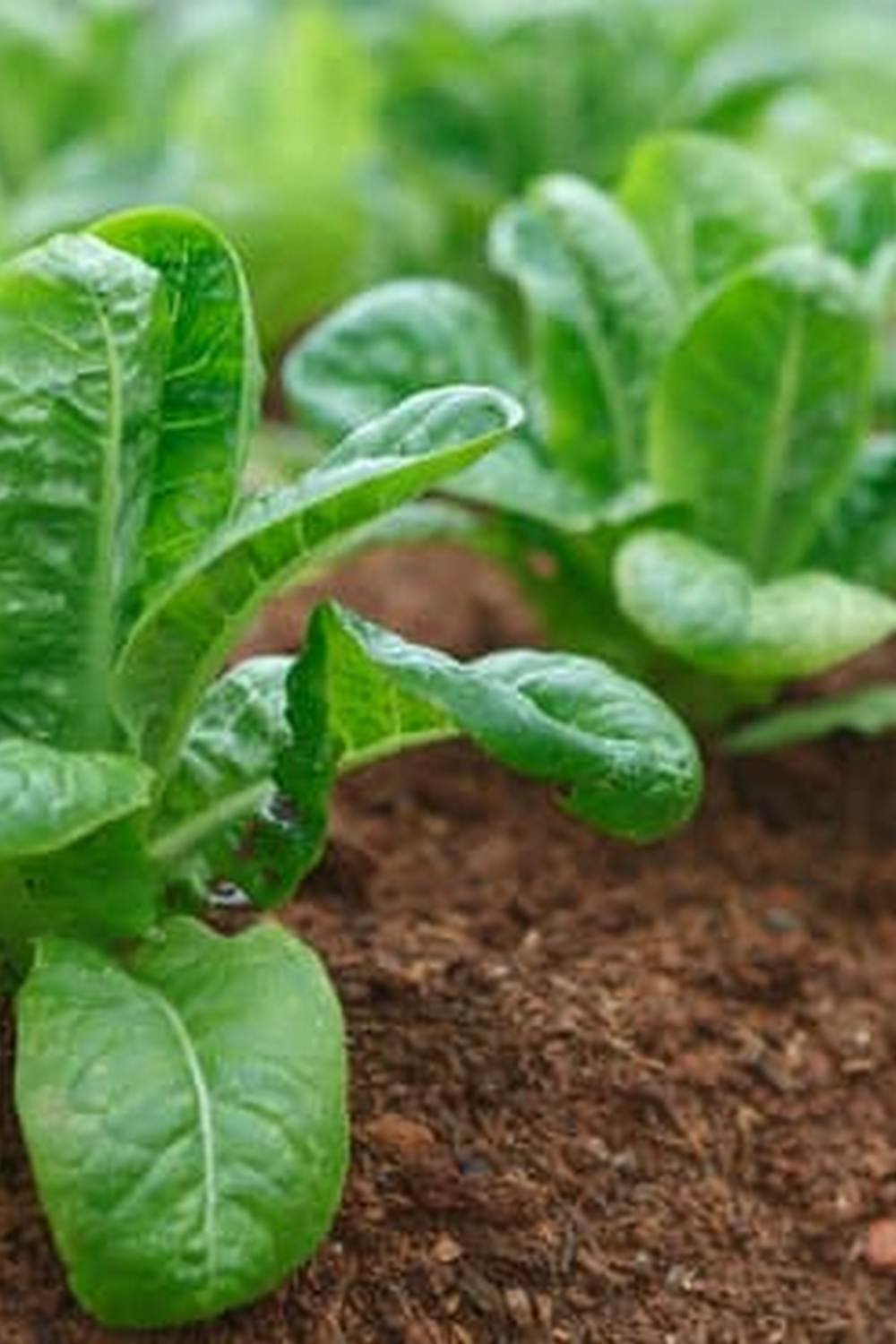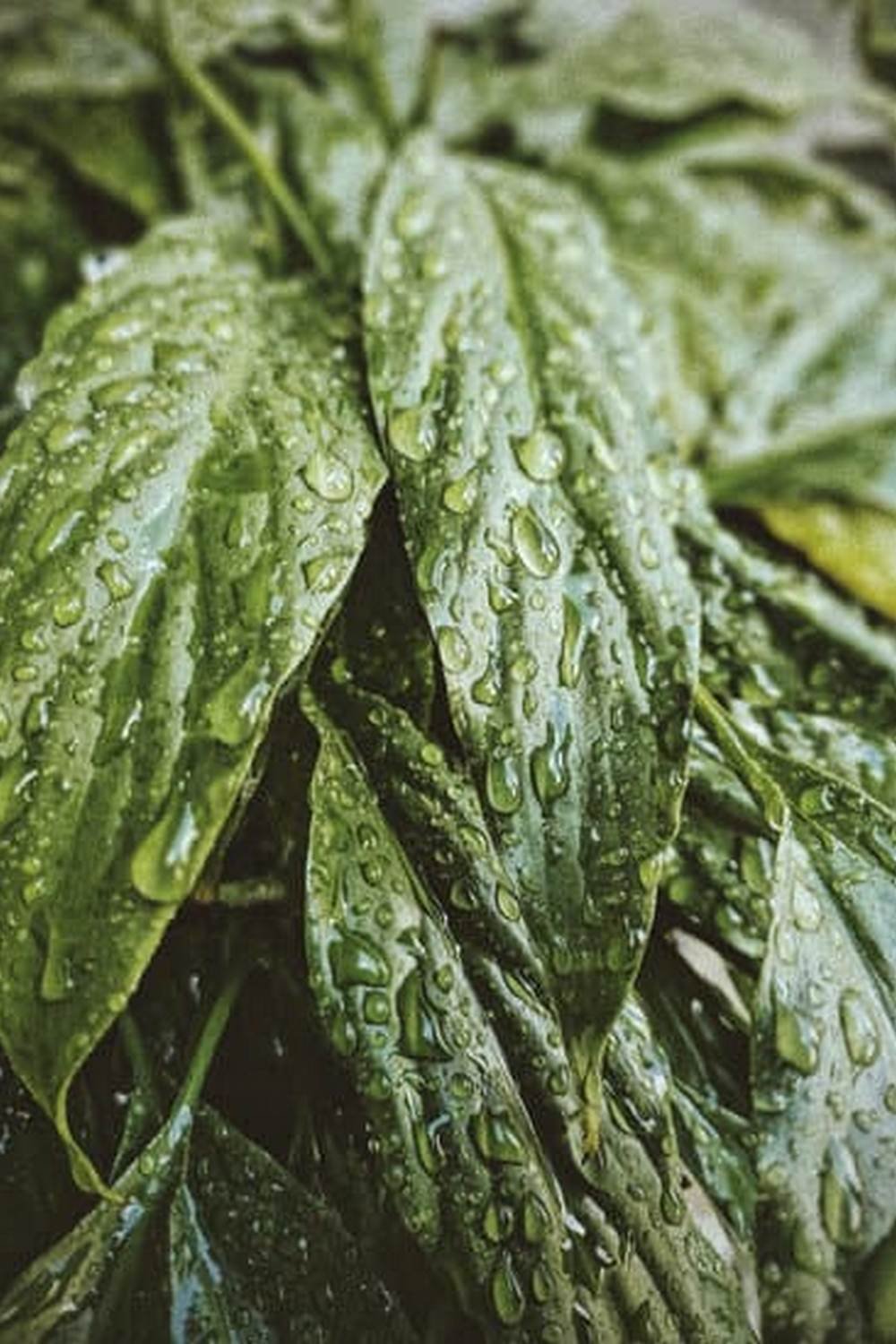Timing Vegetable Garden Planting
The best time to plant vegetables in your garden depends on the type of vegetable. For most vegetables, the time to plant is when the soil can be worked, which is usually when the frost is out of the ground.
Some vegetables, like broccoli, cabbage, and cauliflower, can be planted in the early spring, before the last frost. These vegetables need cool weather to grow well.
Other vegetables, like tomatoes, peppers, and squash, can be planted in the late spring or early summer. These vegetables need warm weather to grow well.
Some vegetables can be planted in the fall. These vegetables, like carrots and beets, will grow in the cool weather of fall.
When you are planting vegetables, make sure to plant them in the right place in your garden. Some vegetables, like tomatoes, need a lot of sun. Others, like carrots, need a lot of shade.
Plant Rotation In Vegetable Garden
When it comes to planting a vegetable garden, there are a few things you need to take into account. One of the most important decisions you need to make is what to plant where. A well-planned garden will have a variety of plants, grown in different areas to make the most of the space you have. One of the most important things to remember when planting your garden is to rotate your crops.
What is crop rotation
Crop rotation is the practice of planting different crops in different areas of your garden each year. This helps to keep the soil healthy, by providing it with a variety of nutrients. It also helps to prevent pests and diseases from building up in the soil, as the different plants will attract different pests and diseases.
Why rotate crops
There are a few reasons why you should rotate your crops. The first is that it helps to keep the soil healthy. By planting different crops in different areas of your garden, you are providing the soil with a variety of nutrients. The second reason is that it helps to prevent pests and diseases from building up in the soil. By planting different plants in different areas, you are less likely to attract the same pests and diseases. This is because different plants have different needs, and pests and diseases are more likely to target specific plants. The third reason is that it helps to extend the harvest season. By planting different crops in different areas, you will be able to harvest different crops at different times.
What crops should you rotate
There are a few things to consider when choosing which crops to rotate. The first is the climate. If you live in a cold climate, you will need to choose crops that are suited to the climate. The second is the type of soil you have. Some crops do better in sandy soil, while others do better in clay soil. The third is the length of the growing season. Some crops take longer to grow than others. The fourth is the type of crop. Some crops are better suited to rotation than others. The fifth is the size of your garden. If you have a small garden, you will need to choose crops that are suited to a small garden.
The following is a list of crops that are suited to rotation:
-Root crops: carrots, beets, potatoes, radishes
-Legumes: peas, beans, lentils
-Brassicas: broccoli, cabbage, cauliflower
-Soluble crops: tomatoes, cucumbers, squash
-Herbs: parsley, basil, thyme
When planning your garden, it is important to consider the climate, type of soil, and length of the growing season. You should also choose crops that are suited to rotation. By following these tips, you can create a well-planned vegetable garden that will provide you with a variety of fresh vegetables all season long.
Springtime Planting Vegetable Garden
The best time to plant a vegetable garden is in the springtime. The days are getting longer and the weather is getting warmer, which makes it the perfect time to get outside and plant some vegetables.
When planting a vegetable garden, it is important to choose a location that gets plenty of sunlight. The garden should also be located in a spot that has good drainage, so the soil does not become waterlogged.
When planting a vegetable garden, it is important to use quality soil. The soil should be rich in organic matter, which will help to provide the plants with the nutrients they need.
When planting a vegetable garden, it is important to space the plants properly. The plants should be spaced far enough apart so they have enough room to grow, but they should also be close enough together so they can benefit from each other’s shade.
When planting a vegetable garden, it is important to choose the right vegetables. Not all vegetables are suited for every climate, so it is important to choose vegetables that will thrive in the area where the garden is located.
When planting a vegetable garden, it is important to water the plants regularly. The plants should be watered every day, or at least every other day, to ensure that they stay healthy.
When planting a vegetable garden, it is important to use fertilizer. Fertilizer can help to improve the quality of the soil, and it can also help the plants to grow bigger and stronger.
When planting a vegetable garden, it is important to keep the area tidy. The garden should be weeded regularly, and any dead plants should be removed.
When planting a vegetable garden, it is important to be patient. It may take a few weeks for the plants to start growing, but eventually they will grow and produce vegetables.
Planting Zinnias In A Vegetable Garden
Zinnias are a great addition to any vegetable garden. They are annuals that come in a variety of colors, and they are easy to grow.
Zinnias need full sun and well-drained soil. They can be planted directly in the garden, or they can be started indoors and then transplanted.
Zinnias can be planted in the spring or the fall. They bloom throughout the summer.
Zinnias are a great choice for a pollinator garden.
Zinnias are a good choice for a beginner gardener.
How To Plant A Vegetable Garden For Dummies
A vegetable garden is a great way to get exercise, fresh air, and to provide your family with healthy, homegrown vegetables. It can also be a great way to save money on groceries.
The first step in planting a vegetable garden is to choose a location. The garden should be in an area that gets plenty of sunlight. It should also be in an area that has good drainage and is not prone to flooding.
Once you have chosen a location, you need to prepare the soil. The soil should be amended with compost or organic matter. This will help to improve the soil’s drainage and fertility.
The next step is to choose the vegetables you want to plant. You can find a list of vegetables that are suitable for your climate online or in a garden catalog.
Once you have chosen the vegetables, you need to decide how much space each one will need. You also need to decide how many plants you want to grow.
Once you have determined the layout of your garden, you can start planting. The first plants you should plant are the ones that will take the longest to mature. These include carrots, beets, and potatoes.
Next, you should plant the vegetables that will mature in the middle of the season. These include tomatoes, peppers, and cucumbers.
Finally, you should plant the vegetables that will mature in the shortest amount of time. These include lettuce, spinach, and radishes.
Once your garden is planted, you need to water it regularly. You should also mulch the plants to help keep the soil moist.
A vegetable garden is a great way to get exercise, fresh air, and to provide your family with healthy, homegrown vegetables. It can also be a great way to save money on groceries.

If you’re looking to get into vegetable gardening, or are just looking for some tips on how to make your current garden better, then you’ve come to the right place! My name is Ethel and I have been gardening for years. In this blog, I’m going to share with you some of my best tips on how to create a successful vegetable garden.





